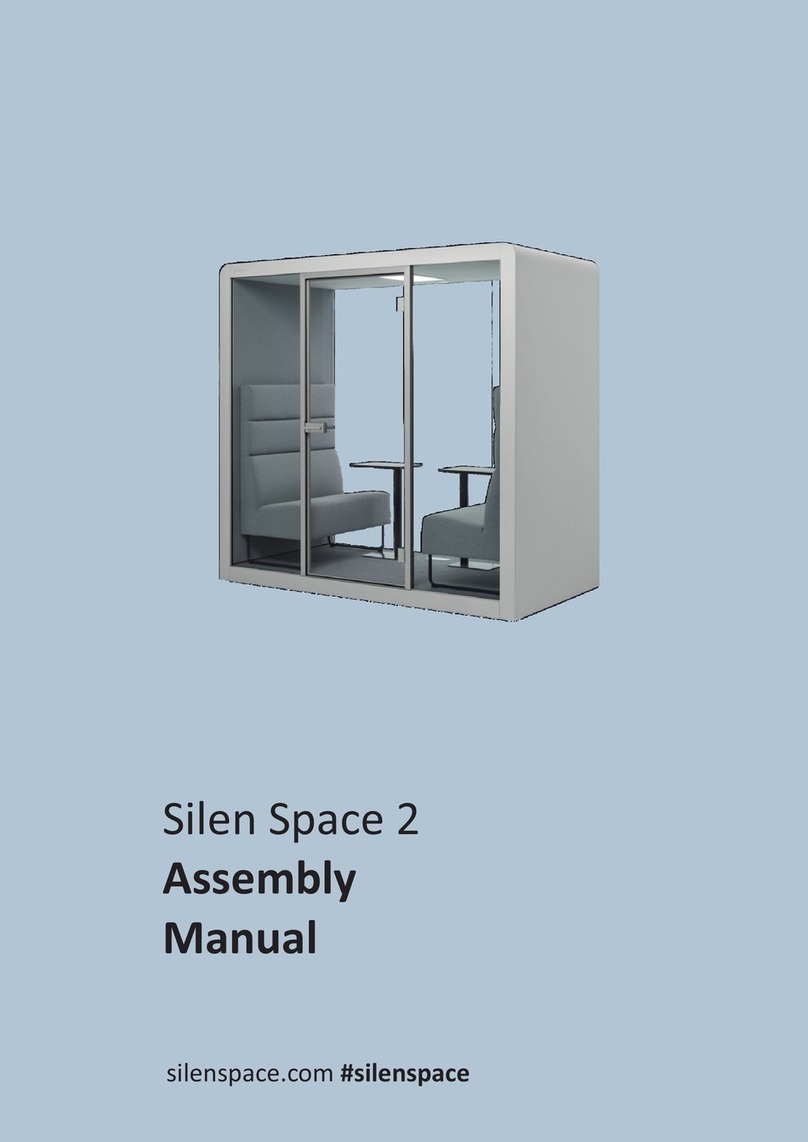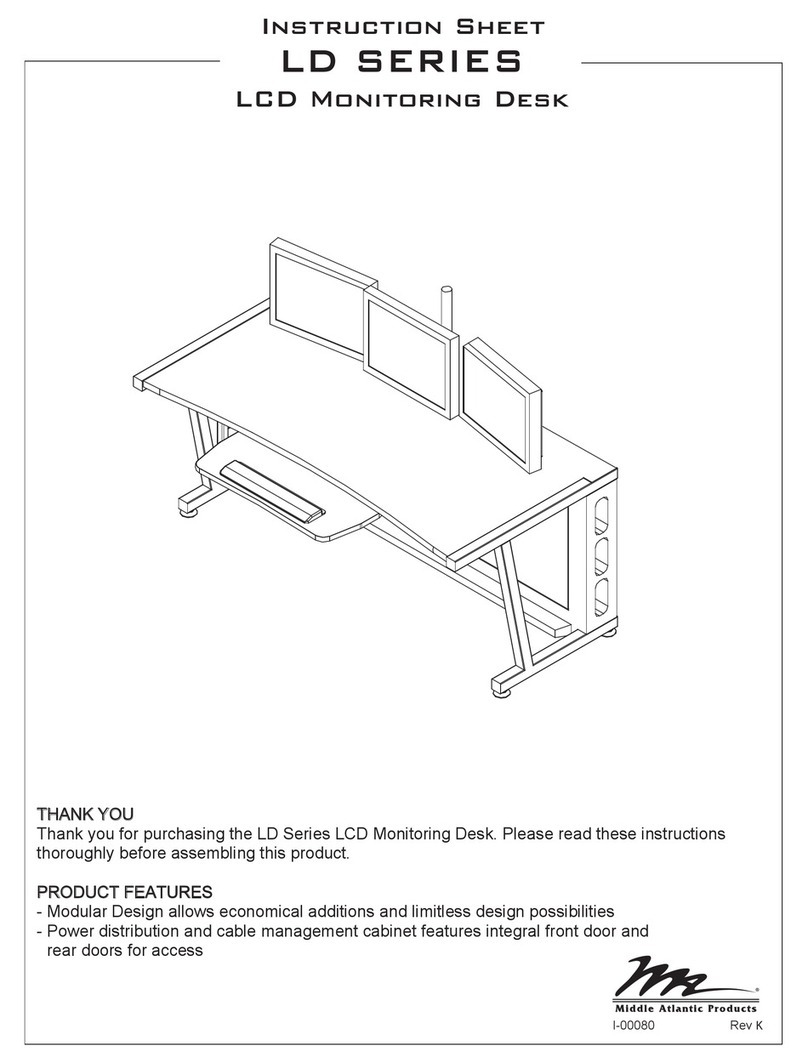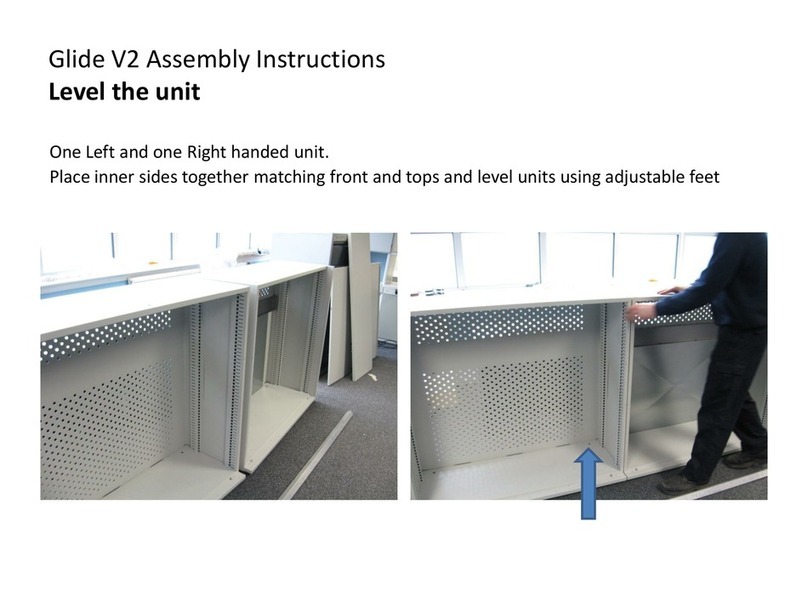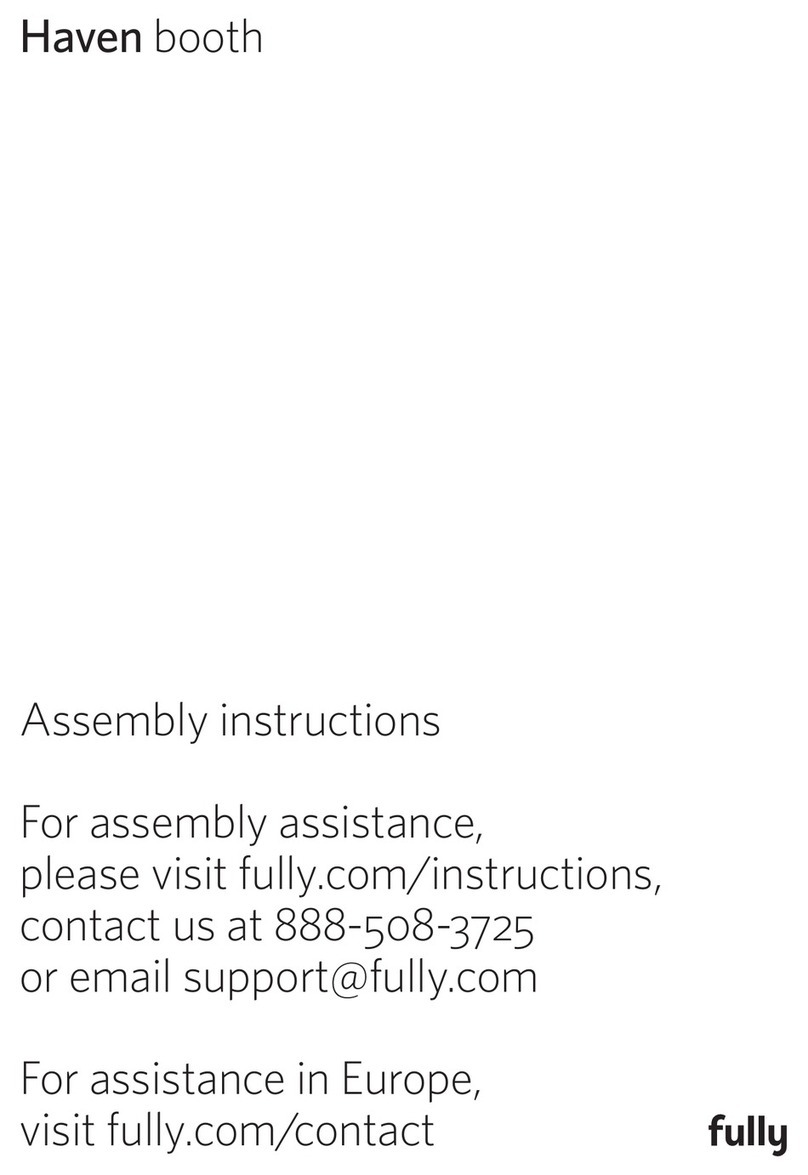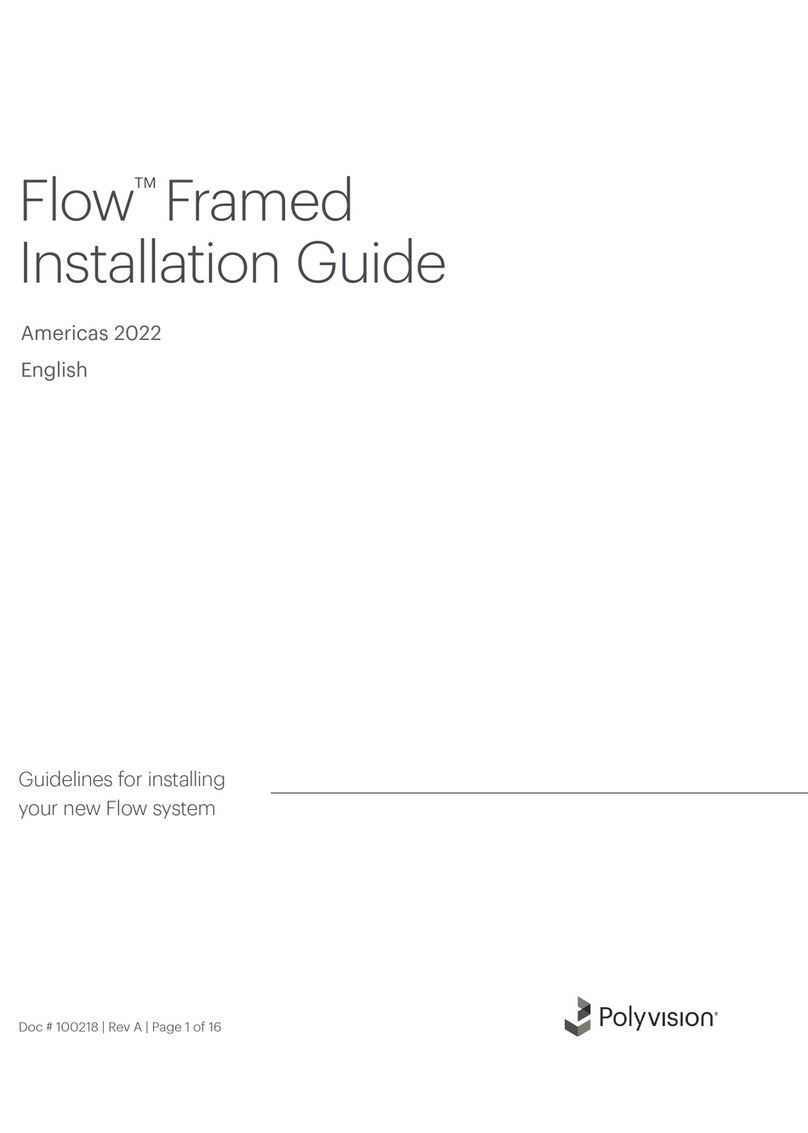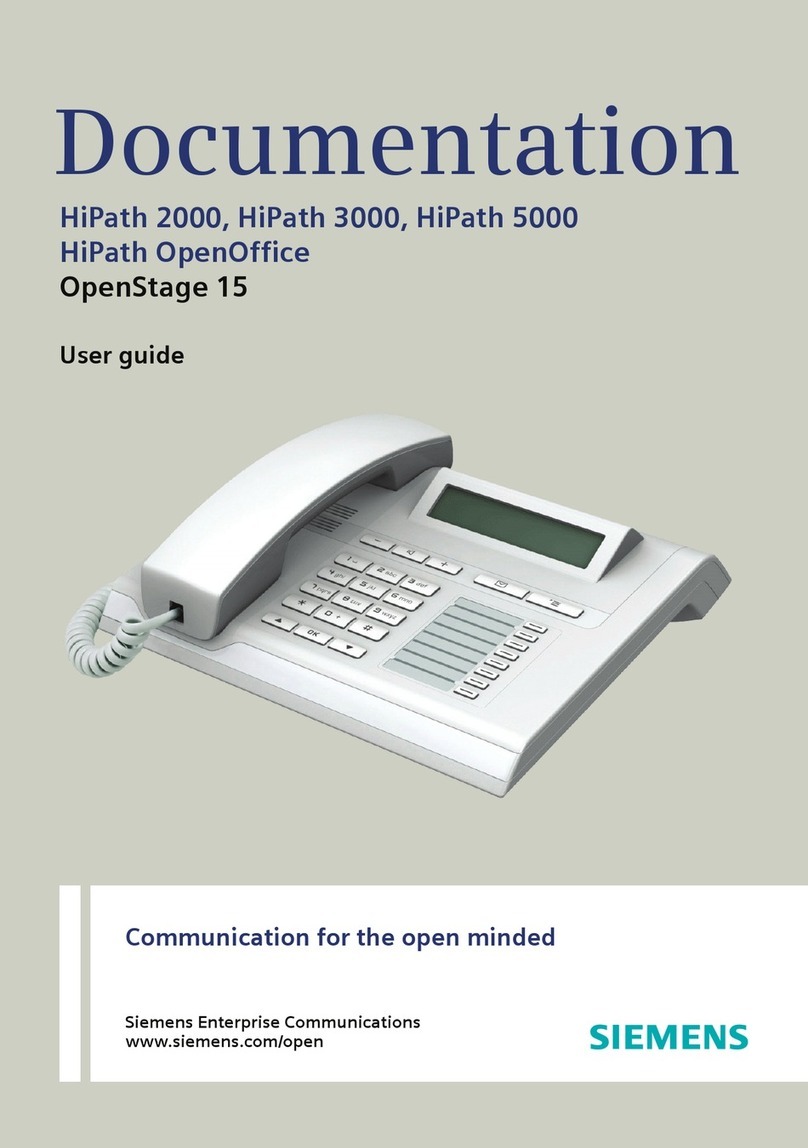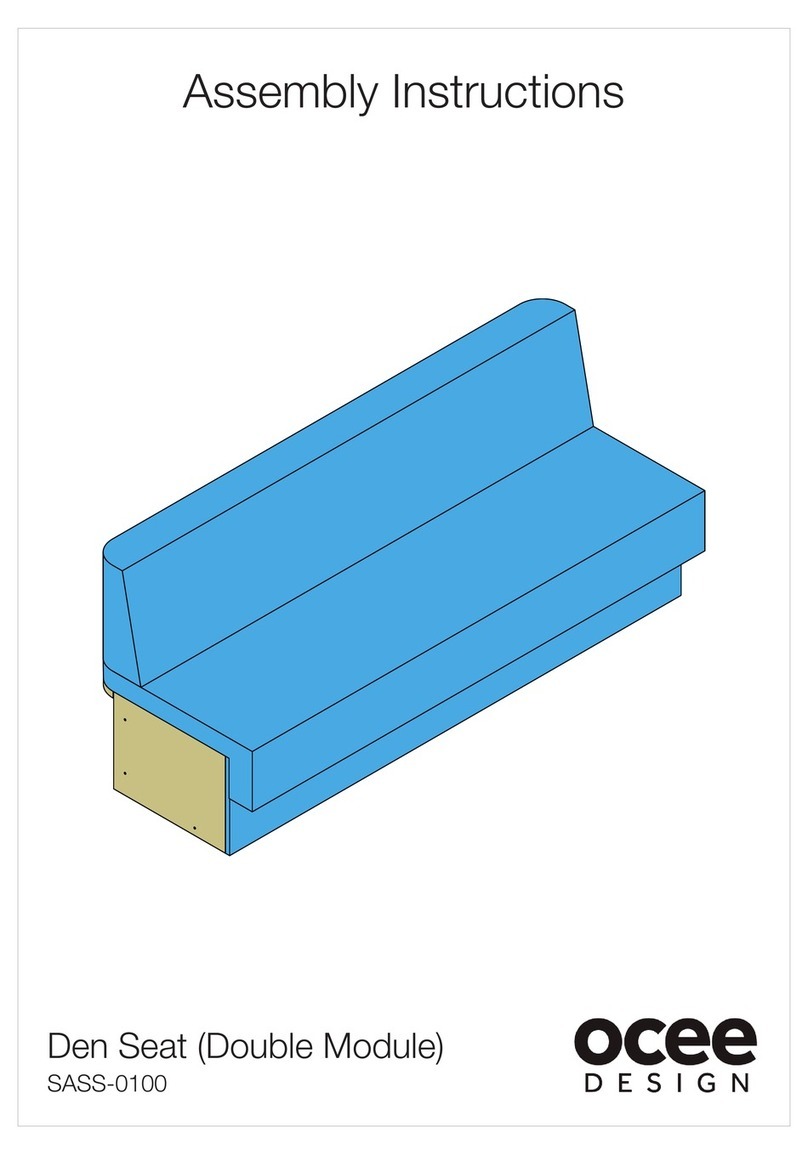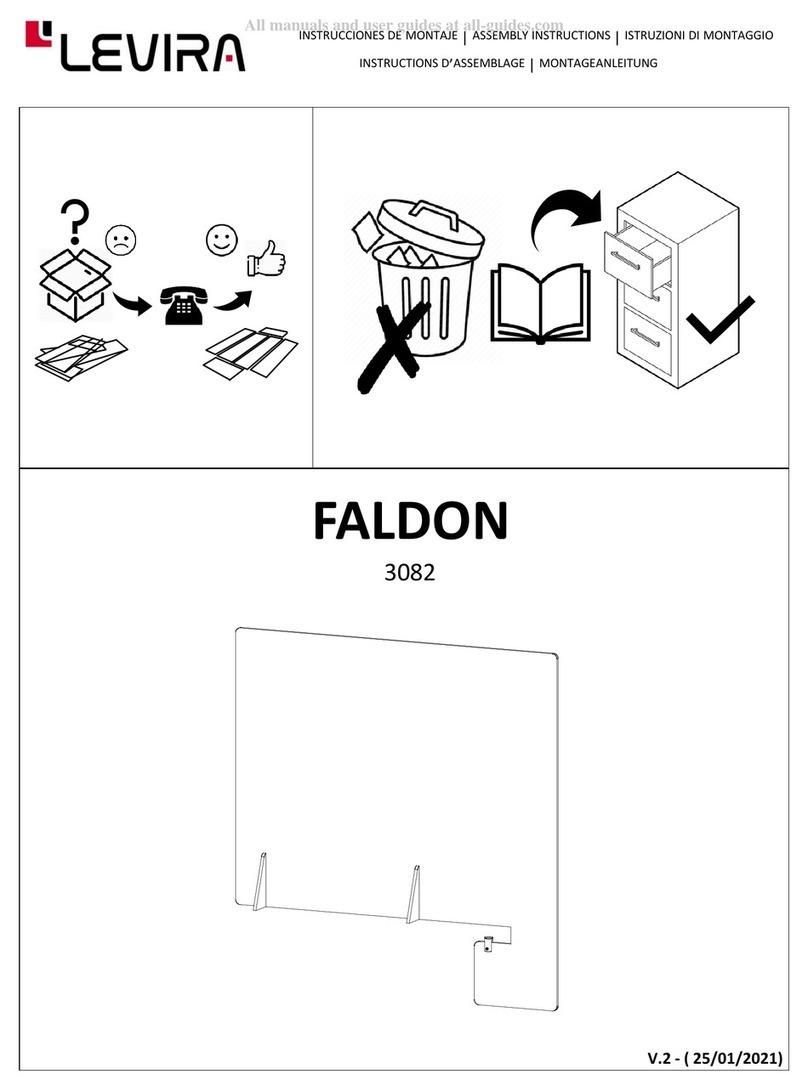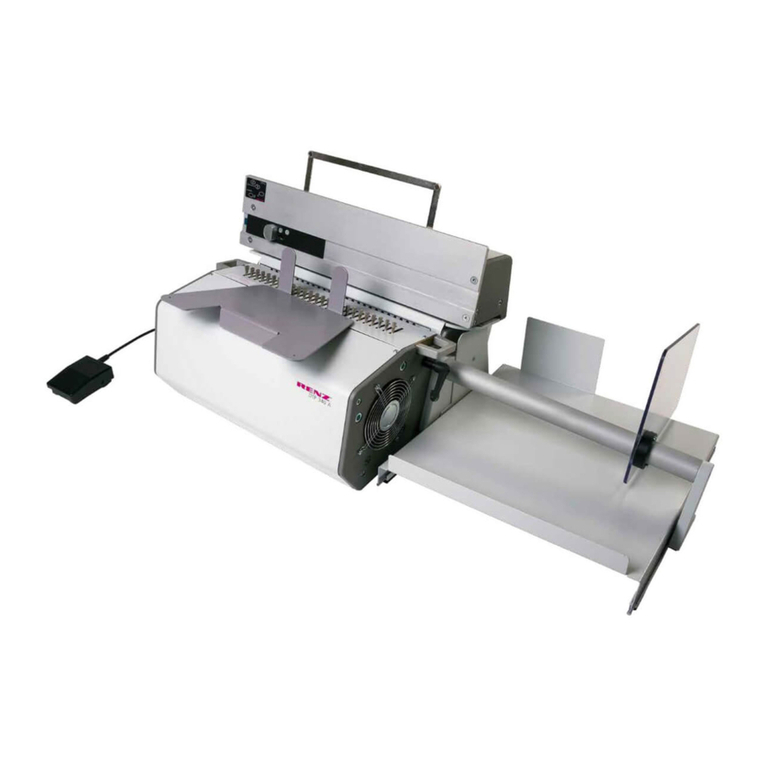
NANAWALL CSW75 OWNER’S MANUAL
2
Installation Instructions
The installation of the CSW75 system requires a working
knowledge and experience in the use of tools, equipment,
and methods necessary for the installation of aluminum
doors, storefronts, and/or partitions. This practice
assumes a familiarity with preparing a proper and
structurally sound opening, proper anchorage and
assumes an understanding of the fundamentals of
building construction that affect the installation of folding
center pivot frameless systems. A crew of at least 2
persons is needed. These systems can be heavy. Use safe
lifting techniques to avoid injury and product damage.
Highly recommended is using an independent NanaWall
Certified Installer, if available, or, at least, an installer
who has some experience in installing NanaWall systems.
IMPORTANT: READ COMPLETE INSTRUCTIONS
BEFORE BEGINNING INSTALLATION. INSTALL AS
RECOMMENDED; OTHERWISE, THE UNIT MAY
NOT FUNCTION PROPERLY AND ANY WARRANTY,
WRITTEN OR IMPLIED, WILL BE VOID.
CAUTION:
As regulations governing the use of glazed windows,
doors, storefronts,and/or partitions vary widely, it is the
responsibility of the building owner, architect, contractor,
or installer to insure that products selected conform to all
applicable codes and regulations, including federal, state
and local. Nana Wall Systems, Inc. can assume no
obligation or responsibility whatsoever for failure of the
building owner, architect, contractor,or installer to
comply with all applicable laws and ordinances and
safety and building codes.
Please pay special attention to the thickness of glass.
The NanaWall glass thickness for the panels is based
on the Glass Association of North America (GANA)
recommended minimum glass thickness for fully
tempered Interior butt glazed fixed glass panels.
The CSW75 system is shipped with all necessary
components. However, not included are screws, bolts,
shims, etc. to anchor the unit to the opening. The frame
is shipped knocked down and needs to be assembled.
Panels are usually pre-assembled with glass, ready to be
attached to the installed frame. In most cases, all rollers,
pivots, and lockings are pre-attached to the panels.
DESCRIPTION OF SUPPLIED PARTS
First look for an envelope in the shipment, which contains
drawings of the elevation, the layout of the unit and an
Installation Manual. This information together with the
Custom Product Drawings provided by NanaWall at the
time of order will be needed for a successful installation.
As there is no “standard” configuration for CSW75 units,
see Diagram 1 which shows the elevation and layout
of a 5 panel unit to illustrate the installation process.
Some items may not be applicable for your unit. Inspect
the custom product drawing, indicating size, configuration
and labeling of the unit ordered.
Check all parts carefully before assembly. Depending on
the unit ordered, some of these parts may already be pre-
installed on the panels. Check that the sizes of the frame
components and panels match with what was ordered.
The elevation drawing shows the sequence and number
of panels, which depends on the model ordered.
The drawing is always viewed from the outside,
but the locking shown is what is on the inside.
The panels are usually pre-assembled with one upper
carrier for each folding panel and with one specified
locking. The sequence of labeling of panels starts from
the left looking from outside with the left most panel
labeled Panel #1.

